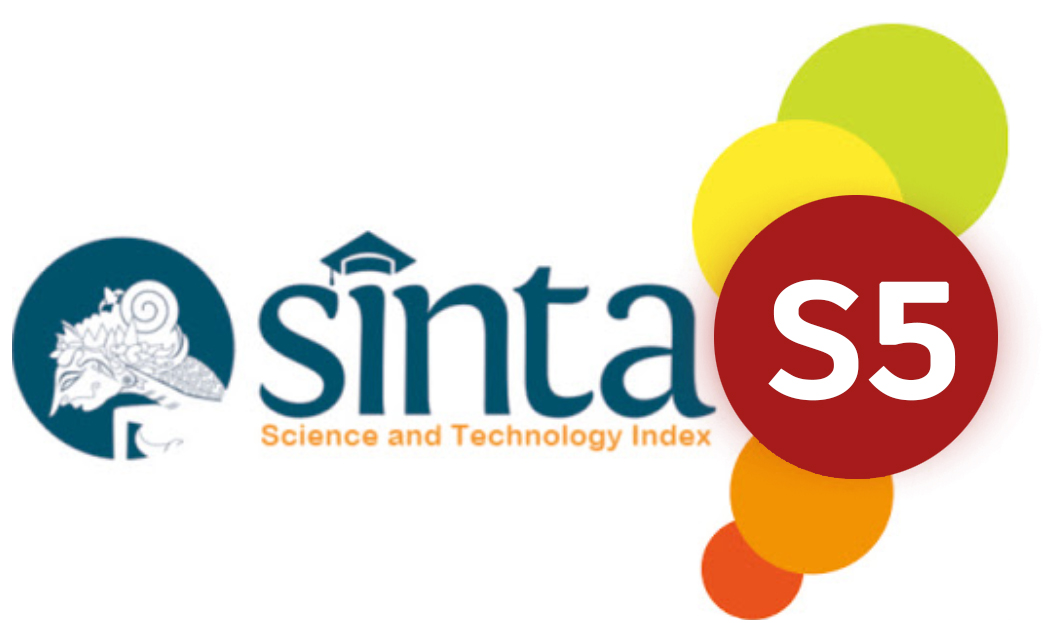Optimization of Fly Ash and GGBS Proportions in Paving Blocks for Compressive and Flexural Strength Pavements
DOI:
https://doi.org/10.31004/riggs.v4i3.2488Keywords:
Paving Block, Fly Ash, GGBS, Compressive Strength , Flexural Strength, Sustainable ConstructionAbstract
The increasing demand for environmentally friendly infrastructure has encouraged innovation in construction materials that can reduce carbon emissions. One of the efforts undertaken is the utilization of industrial by-products such as fly ash and Ground Granulated Blast Furnace Slag (GGBS) as partial substitutes for cement in the production of paving blocks. This study aims to investigate the effect of varying fly ash and GGBS mixtures on the compressive and flexural strength of paving blocks, as well as to determine the optimal mixture proportion that meets structural strength standards for pavement applications, particularly in heavy vehicle parking areas. The experimental method employed four mixture variations of fly ash and GGBS in a 1:1 ratio, namely 0%, 7.5%, 15%, and 25% of the cement weight. Compressive strength tests were conducted at curing ages of 7, 14, and 28 days, while flexural strength tests were performed at 28 days. The results showed that the mixture containing 85% cement, 7.5% fly ash, and 7.5% GGBS achieved the highest compressive and flexural strength values, 21.5 MPa and 4.3 MPa, respectively. These values meet the quality requirements of Grade B as specified in SNI 03-0691-1996, indicating that the paving blocks are suitable for use in heavy vehicle parking areas. The findings demonstrate that the appropriate incorporation of fly ash and GGBS not only enhances the mechanical performance of paving blocks but also contributes to reducing cement consumption and carbon emissions. Thus, this research provides a significant contribution to the development of more sustainable.
Downloads
References
Sinar Berkah Perkasa. (2023, 23 November). Kelebihan Paving Block: Solusi Ideal untuk Permukaan yang Kuat dan Estetis.
The Spruce. (2011, October 31). What is fly ash and how is it used in concrete? The Spruce. Retrieved from.
Ground granulated blast-furnace slag. (2025, last month). In Wikipedia. Retrieved August 16, 2025, from Wikipedia website.
Ahmad, J., Kontoleon, K. J., Majdi, A., Naqash, M. T., Deifalla, A. F., Ben Kahla, N., Isleem, H. F., & Qaidi, S. M. A. (2022). A comprehensive review on the adoption of ground-granulated blast-furnace slag (GGBS) in concrete production. Sustainability, 14(14), 8783. https://doi.org/10.3390/su14148783.
Gholampour, A., Alnahhal, W., & Ozbakkaloglu, T. (2024). Supplementary cementitious materials for sustainable concrete: A review of recent progress and future prospects. Innovative Infrastructure Solutions, 9(3), 154. https://doi.org/10.1007/s40996-024-01585-5.
Reuters. (2024, June 11). Cement, a hard industry to crack down on emissions. Reuters. https://www.reuters.com/sustainability/decarbonizing-industries/cement-hard-industry-crack-down-emissions-2025-06-11/ [7] N. Muin, Subaer, and Nurhayati, “Pengaruh Penambahan Semen Portland Terhadap Sifat Mekanik Geopolimer Berbasis Fly Ash,” J. Fis. dan Ter., vol. 10, no. 2, pp. 98–111, 2023, doi: 10.24252/jft.v10i2.40262.
Cheruvu, R., & Rao, B. K. (2024). Enhanced concrete performance and sustainability with fly ash and ground granulated blast furnace slag: A comprehensive experimental study. Advances in Science and Technology – Research Journal, 18(3), 161–174. https://doi.org/10.12913/22998624/186192 [9] L. P. Febrianty and A. O. Irlan, “Analisis Kuat Tekan Dan Kuat Tarik Belah Pada Beton Dengan Penambahan Serat Serabut Kelapa Dan Batu Apung,” Constr. Eng. Sustain. Dev., vol. 5, no. 1, pp. 20–28, 2022, doi: 10.25105/cesd.v5i1.13936.
Badan Standardisasi Nasional. (1996). SNI 03-0691-1996: Bata beton (paving block). Jakarta: BSN.
Badan Standardisasi Nasional. (2014). SNI 4154-2014: Paving block – Mutu dan cara uji kuat lentur. Jakarta: BSN.
Badan Standardisasi Nasional. (1990). SNI 03-1968-1990: Metode pengujian berat jenis semen portland. Jakarta: BSN.
Badan Standardisasi Nasional. (2008). SNI 1969-2008: Semen portland – Spesifikasi. Jakarta: BSN.
Badan Standardisasi Nasional. (1996). SNI 03-4142-1996: Metode pengujian kekentalan semen portland. Jakarta: BSN.
Badan Standardisasi Nasional. (1998). SNI 03-4804-1998: Metode pengujian kehalusan semen portland. Jakarta: BSN.
Badan Standardisasi Nasional. (2011). SNI 03-1971-2011: Metode pengujian waktu ikat semen portland dengan alat vicat. Jakarta: BSN.
ASTM International. (2021). ASTM C150/C150M-21: Standard specification for Portland cement. West Conshohocken, PA: ASTM International.
ASTM International. (2019). ASTM C618-19: Standard specification for coal fly ash and raw or calcined natural pozzolan for use in concrete. West Conshohocken, PA: ASTM International.
ASTM International. (2018). ASTM C989/C989M-18: Standard specification for slag cement for use in concrete and mortars. West Conshohocken, PA: ASTM International.
ASTM International. (2021). ASTM C109/C109M-21: Standard test method for compressive strength of hydraulic cement mortars (using 2-in. or [50-mm] cube specimens). West Conshohocken, PA: ASTM International.
Downloads
Published
How to Cite
Issue
Section
License
Copyright (c) 2025 Intan Salma Biankalista, Nabila Nabila, Syafiadi Rizki Abdila, Agung Sumarno, Agus Mudo Prasetyo, Johan Budiman, Muhammad Isradi

This work is licensed under a Creative Commons Attribution 4.0 International License.




























